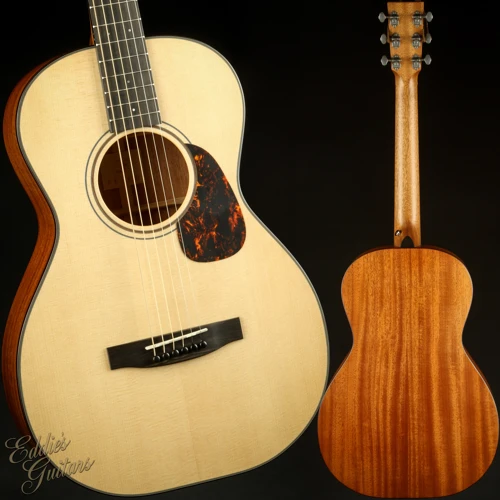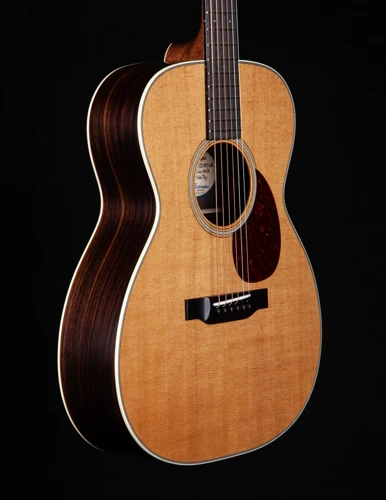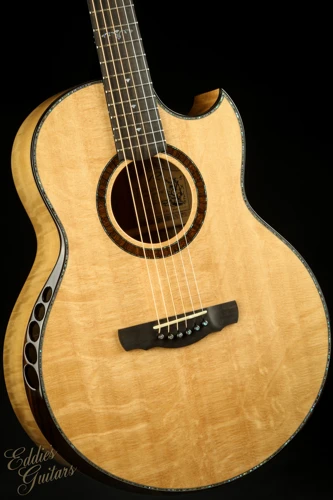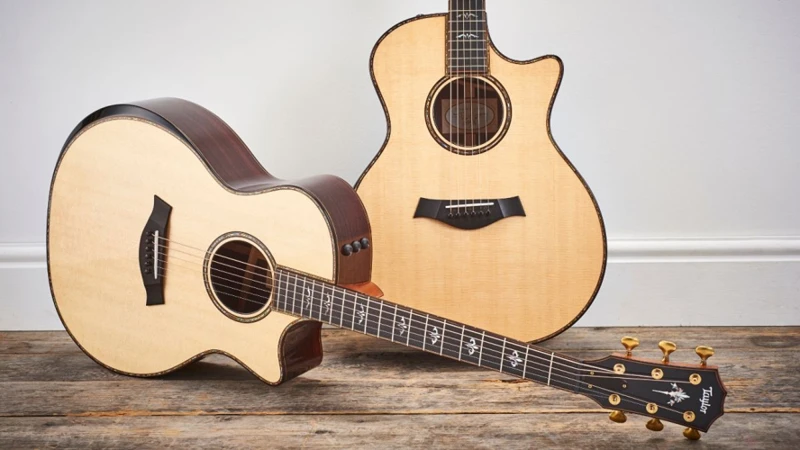When it comes to creating high-quality country music, the right guitar is essential. And for many musicians, nothing beats the sound of a Sitka spruce country guitar. In this article, we’ll explore what makes these guitars so special and highlight some of the top options on the market.
What is Sitka Spruce?
Sitka spruce is a type of wood that is commonly used in the construction of acoustic guitars. It is known for its strength, light weight, and stiffness, which makes it ideal for the soundboard (the top part of the guitar that is responsible for producing sound). Sitka spruce is also prized for its clear, bright tone and wide dynamic range.
Why Choose a Sitka Spruce Country Guitar?
There are several reasons why a Sitka spruce country guitar may be the right choice for you. First and foremost, these guitars are known for their excellent tone. The Sitka spruce soundboard produces a clear, bright sound that is perfect for country music. Additionally, Sitka spruce guitars are known for their volume and projection, which makes them great for playing on stage or in a studio.
Another advantage of Sitka spruce country guitars is their durability. Sitka spruce is a strong and stiff wood, which means that it can withstand the rigors of regular use. This makes it a great choice for musicians who plan to play their guitar frequently or take it on the road.
Top Sitka Spruce Country Guitars
There are many great Sitka spruce country guitars on the market, but here are a few of our top picks:
Taylor 214ce DLX Grand Auditorium
The Taylor 214ce DLX Grand Auditorium is a high-quality guitar that features a Sitka spruce top and layered rosewood back and sides. It has a grand auditorium body shape, which provides a balanced and versatile sound. The guitar also features a Venetian cutaway, which makes it easy to access the higher frets.
Martin D-18
The Martin D-18 is a classic guitar that has been a staple in country music for decades. It features a Sitka spruce top and mahogany back and sides, which gives it a warm, rich tone. The guitar has a dreadnought body shape, which provides plenty of volume and projection.
Gibson J-45
The Gibson J-45 is another classic guitar that is popular in country music. It features a Sitka spruce top and mahogany back and sides, which gives it a warm, full sound. The guitar has a round-shoulder dreadnought body shape, which provides a balanced tone and comfortable playing experience.
Takamine Pro Series P3DC
The Takamine Pro Series P3DC is a high-end guitar that features a Sitka spruce top and rosewood back and sides. It has a cutaway body shape, which makes it easy to access the higher frets. The guitar also features a built-in preamp and tuner, which makes it a great choice for performing on stage.
How to Choose the Right Sitka Spruce Country Guitar
When choosing a Sitka spruce country guitar, there are a few things to consider. First, consider the body shape. Dreadnought and grand auditorium body shapes are popular choices for country music, as they provide plenty of volume and projection. However, if you prefer a more comfortable playing experience, a smaller body shape such as a concert or parlor may be a better choice.
Next, consider the wood combination. Sitka spruce is a great choice for the soundboard, but the back and sides can also affect the tone of the guitar. Mahogany is a popular choice for back and sides, as it provides a warm, rich tone. Rosewood, on the other hand, provides a bright, punchy tone.
Finally, consider your budget. Sitka spruce country guitars can range in price from a few hundred dollars to several thousand dollars. Determine how much you are willing to spend and look for a guitar that fits within your budget.
Looking to explore different tonewoods for your country music guitar? Check out our articles on tonewoods, maple and walnut necks, rosewood, classic Telecaster tones, and Les Paul sounds for a deeper dive into the world of country guitar sounds!
Conclusion
A Sitka spruce country guitar is a great choice for any musician looking to create high-quality country music. These guitars are known for their excellent tone, durability, and versatility. Whether you’re a beginner or a seasoned pro, there is a Sitka spruce country guitar that is perfect for you. By considering the body shape, wood combination, and your budget, you can find the perfect guitar to bring your country music to life.




